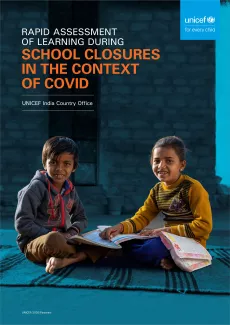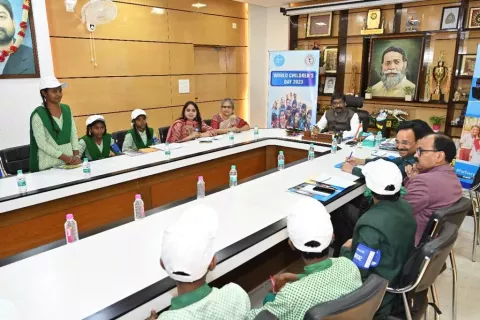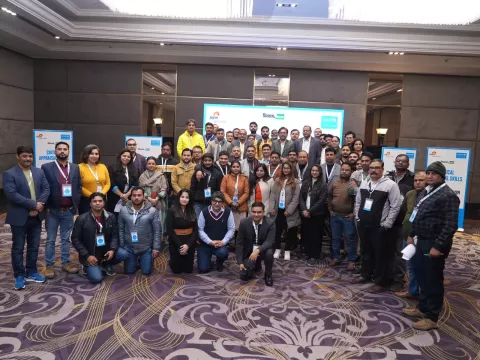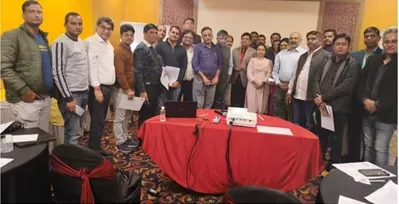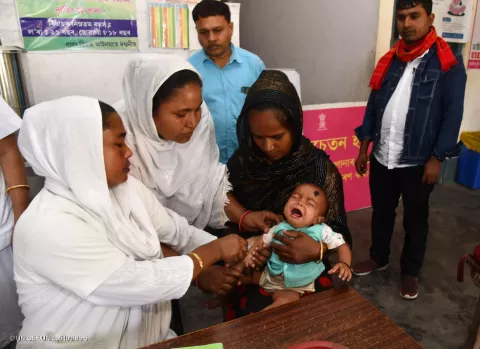Rapid assessment of learning during school closures in the context of COVID-19
Findings from a rapid assessment covering nearly 6000 parents, adolescents and teachers across six states in India
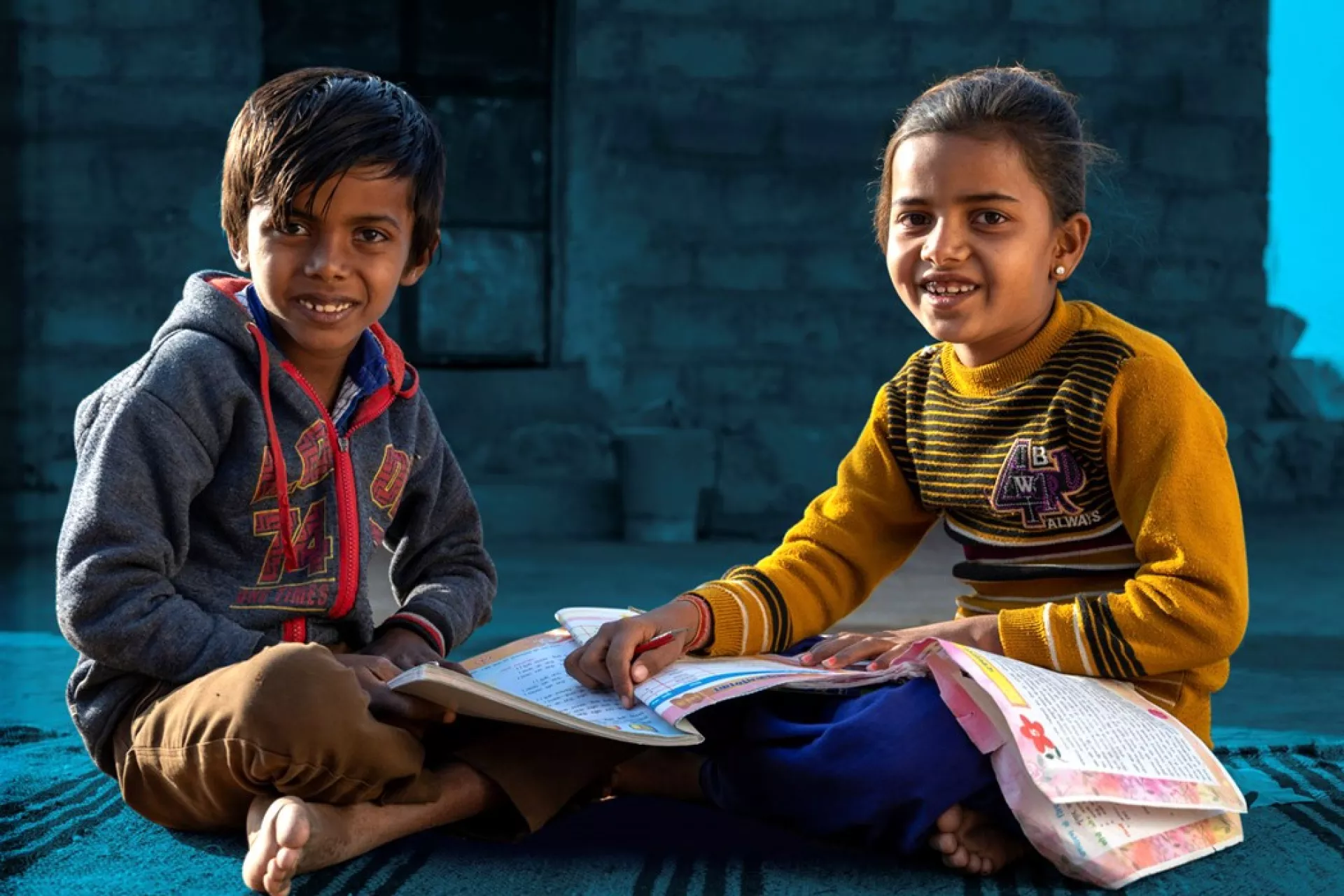
Highlights
In response to the COVID-19 pandemic, schools across India, as in many parts of the world, were closed in mid-March 2020 impacting approximately 286 million students (48 per cent girls) from pre-primary to upper secondary education. This is in addition to the more than six million children (48 per cent girls) who were already out of school prior to the COVID-19 crisis.
During school closures, measures were taken by Ministry of Education and the National Council of Educational Research and Training (NCERT) at the national level and by state and union territory governments to implement programmes to support distance/home-based learning for children.
Different means, including television, radio, online platforms and paper-based materials, were used to provide distance/homebased learning. These efforts have also been supported by civil society organizations and other agencies, including UNICEF.
While these strategies and initiatives aim to ensure continued learning for all children, there is a lack of clear evidence of the extent to which children, particularly from the most marginalized groups, are able to access learning from home, and the modalities and means that are the most effective in reaching them.
In this context UNICEF undertook a rapid assessment covering nearly 6000 parents, adolescents and teachers across six states and interviewed around 80 stakeholders.
We asked: What share of students have been receiving remote education so far? Who is left out? When students have access, how helpful do they find remote learning? Which types of resources are they using, and which do they find most helpful? What are the barriers and enablers to remote learning tools? What kinds of support are parents, students and teachers looking for? How does all of this differ across geography, gender, age groups, and grade levels?
We hope that this study can help plug key gaps amidst continued school closures, but more importantly, provide useful lessons for how to create a more resilient education system for the future.
